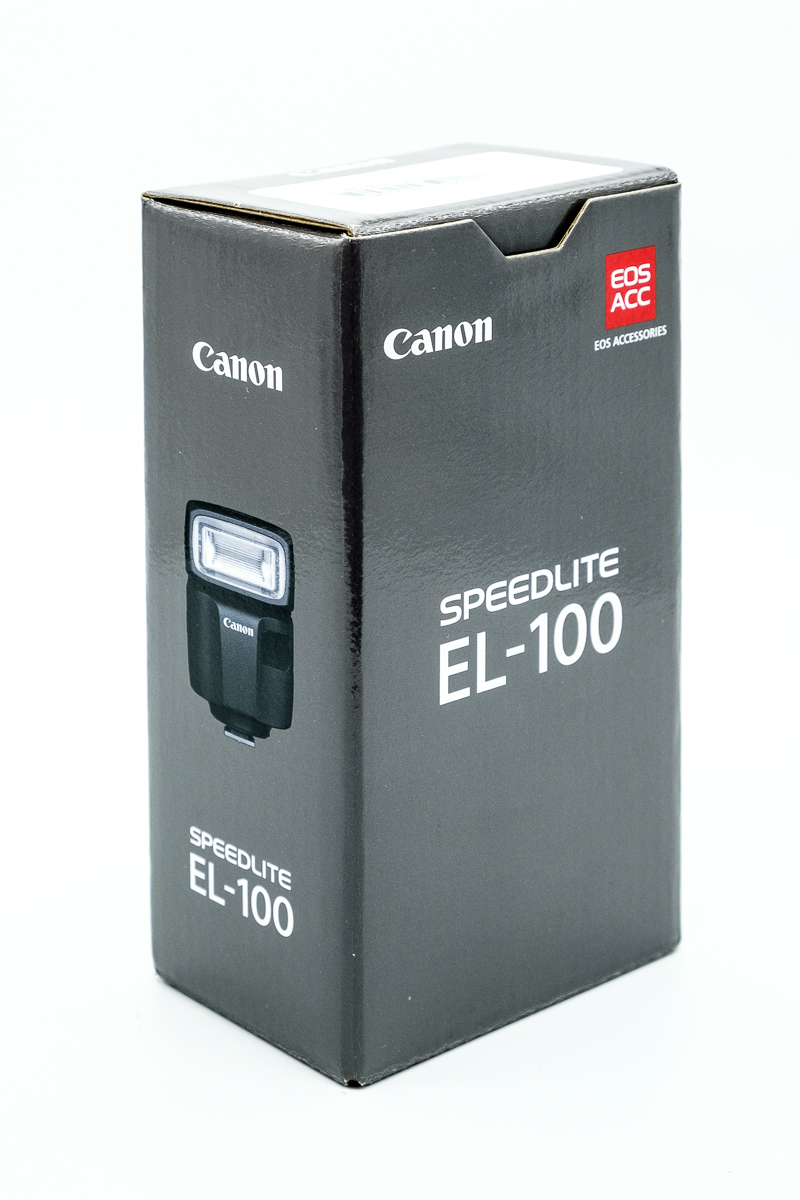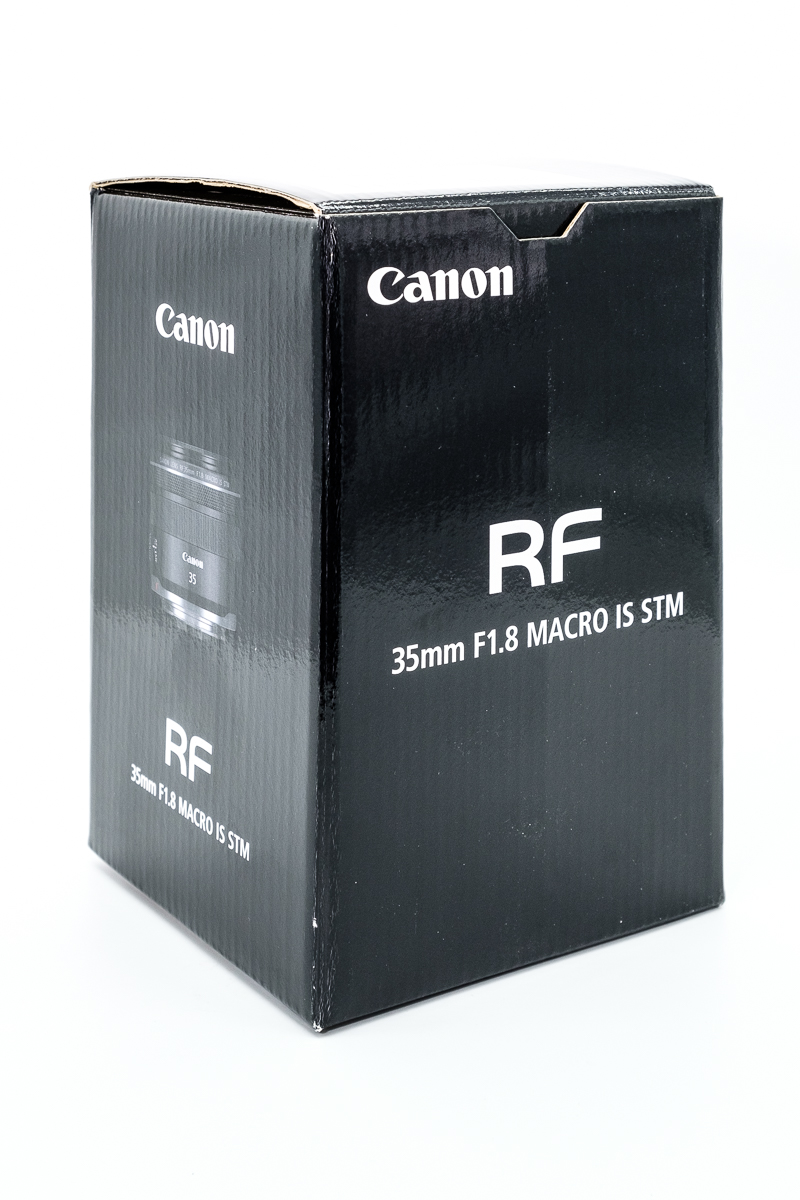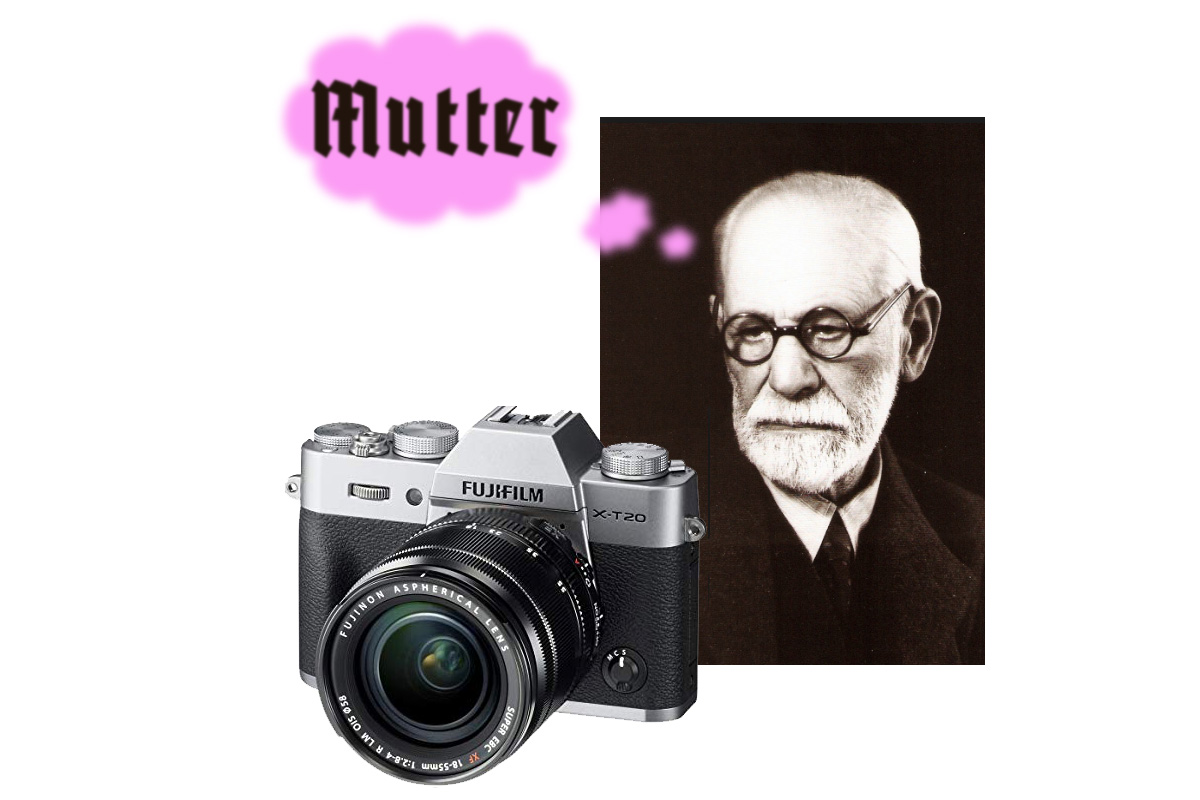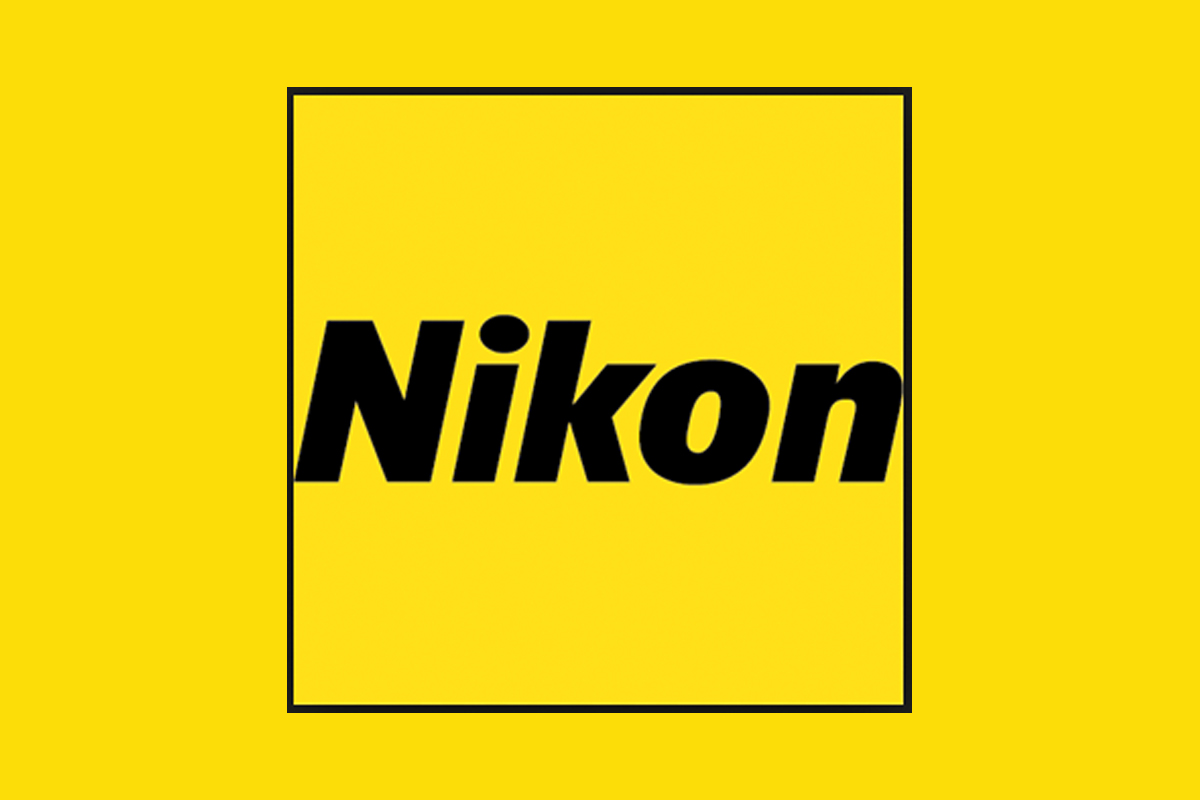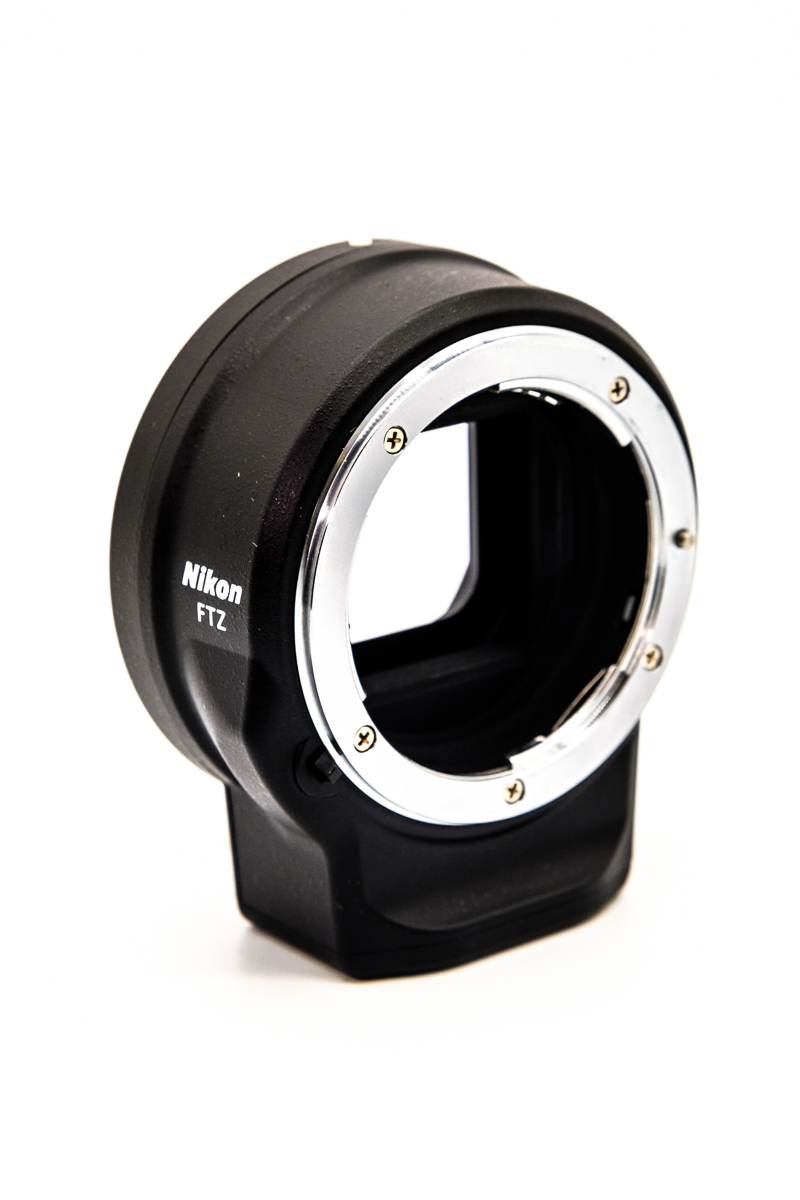29 Mar The Analog Line – Part Two – Whatford
Remember that I promised you six destinations? Well, the first is Whatford. What is analog photography? What was it before, and what is it today? Basically, it's recording an image using chemical means, rather than electronic ones. It was tried over two centuries ago by chemists and...





